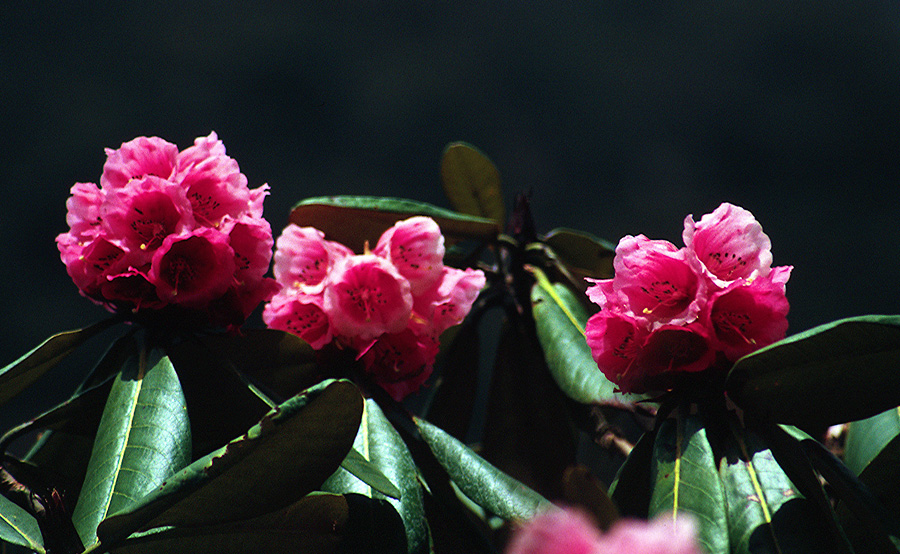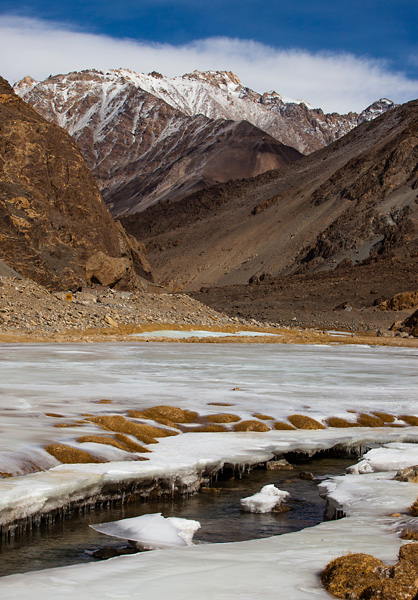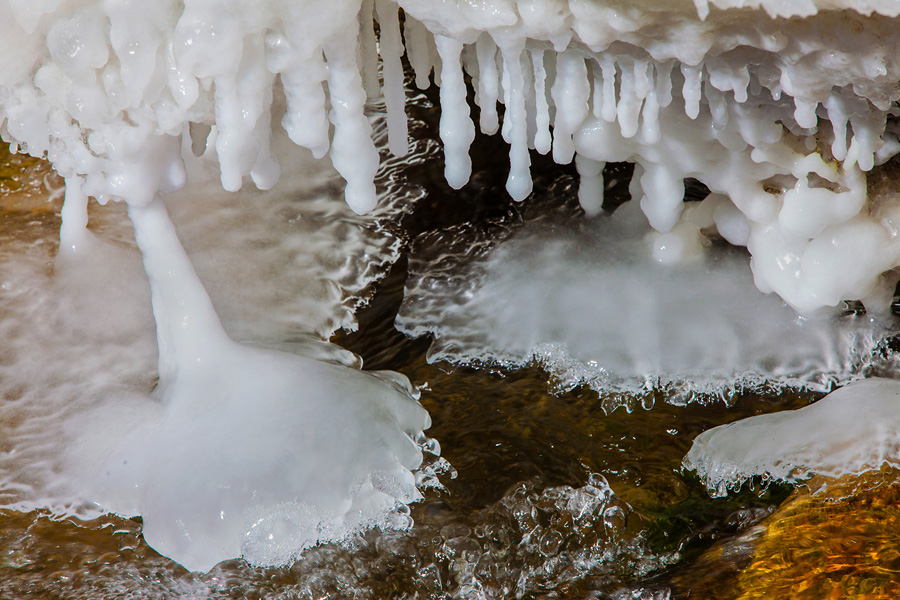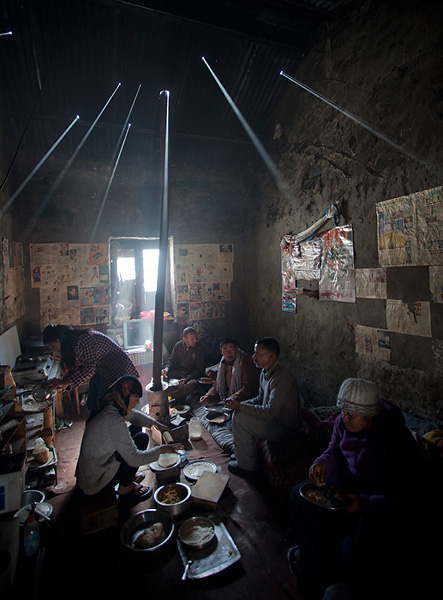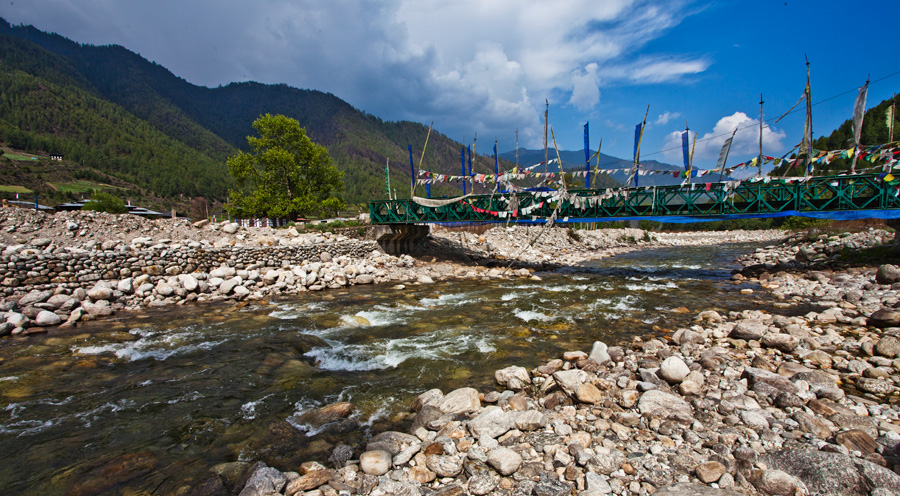Travelling in the Himalayas – Cherished Moments
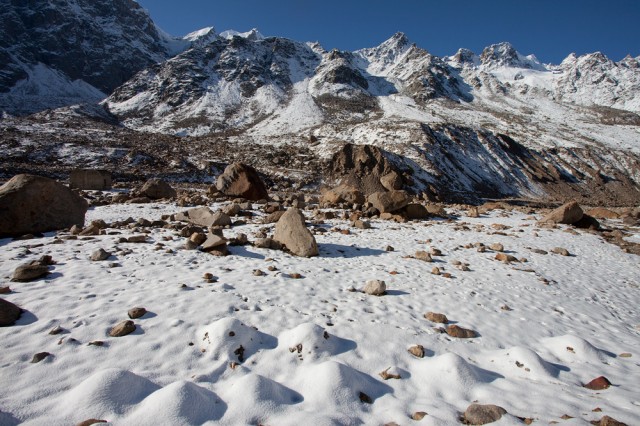
It takes a lot to dazzle a seasoned traveller. After years of travelling to extraordinary places with unsurpassed beauty–rocky seashores, highland meadows, snowy slopes, river valleys, abloom wilderness, pristine lakes and silent woods–a jadedness slips into the once curious explorer. Yet, the traveller often continues to travel and see places as the addiction can’t be curtailed. And much like any other addiction, the high isn’t experienced anymore even when it is impossible to stop. There are times in my journeys where I have felt something amiss. Luxury never feels like it should, streets in a new city do not have the excitement that it had, the waves from the sea don’t seem to have crests and a new experience doesn’t seem new anymore. But there are always places that make you indefatigable, refresh and rejuvenate time and again, and never lets familiarity dominate the spirit. When I think of it, one place rules the mind space – Himalayas.
It is more than a decade since I have been travelling in the Himalayas, seeking its length and breadth, going into the expansive snow-fields of Arunachal, happy kingdom of Bhutan, evergreen foothills of Sikkim, deep valleys of Uttarakhand, wooded Himachal and deserted Ladakh. Each visit is demanding on the body, making me endure the thin air, brave the cold, bear with the aching muscles and survive the lengthy road journeys. Despite all this, the mountains fill the eyes with their grandeur, instill a sense of peace and perpetual awe in the mind. There is no getting tired of Himalayas. Here is a collection of cherished moments that have lingered over the years from many visits to the Himalayas.
Walking in a forest full of colourful rhodondron flowers in Sikkim
On my very first visit to Himalayas, I decided to make a moderately difficult trek to Gochela Pass in Sikkim. I was unprepared and did not know what to expect, and took things the way they came as we trekked up. On the second day of the trek, crossing above ten-thousand feet where the vegetation had long since changed from tropical to coniferous, even the deodars vanished and the woods were filled with rhododendron trees. It was summer, a time for the flowers to bloom. The trees generously bore bunches of pink flowers and splashed their presence in an otherwise green expanse. The sudden splurge of colours numbed my mind, paused my feet and left me mystified. It was a spectacle no less then seeing a star-studded sky on a clear moonless night.
I walked in the company of rhododendrons for several hours, admiring every bouquet that stretched towards me, often looking down at my feet and seeing with a sense of wonder the splash of colours that covered the forest floor. I wanted that moment to last forever. Little else mattered.
Finding cluster of icicles drooping into a brook in Ladakh
Driving higher than 17,000 feet over Chang La and descending further into the meadows of Changthang in a cold winter, I witnessed for the first time, something I had never seen before. A stream that gently meandered in the middle of the valley was tamed by the freezing temperatures. In its bed now was a shelf of solid ice as smooth as a skating rink, broken only at the main channel where the water flowed lethargically. Buried under the surface was the summer’s crop of grass, now brown and derelict, yet possessing an apparent and distinct beauty under the ice.
At places, a few small mounds of earth raised gently above the ice, covered by the same grass that now looked like spots of icing on a gigantic cake. This unusually beautiful landscape was of course flanked by giant snow-covered mountains that reached for the sky. At a smaller scale, where the ice-bed met the flowing waters, trickling waters had formed icicles with curvaceous surface that appeared carefully carved and tended, not unlike the crafts made by the celebrated Sound Indian Hoysala artisans who created poetry in stone.
I walked on the water bed like a treasure seeker who finally discovered a bounty, sometimes skidding over the smooth surface, sometimes jumping with joy and sometimes suppressing my excitement. When I finally settled down, I lied low on the ice by the stream for a careful look at icicles that shined in the sun. Where the fresh flow of the water touched the icicles, small waves pushed a big blotch of sparkling ice up and down like a boat that gently rocked in the sea. There was beauty in every possible size. (Also see: winter in Ladakh)
Watching magpies play in the deodar forests of Manali
Yellow-billed blue magpies are magical creatures. Their slender body makes every move graceful and adorable. The long tail juts out of the body, and the tail feathers tend to catch up with rest of the body’s movement a little later. One would think the elongated tail would slow the bird down, but they are as agile as any bird can be. When they spread wings and fly, the wing feathers disperse uniformly like a Japanese fan, adding more glamour to the already pretty bird. And just when you are admiring all this, as the bird calls out in its rather cacophonic shrill, the yellow-beak suddenly stands out from its grey-blue body, much like a clown’s nose. Interesting birds they are.
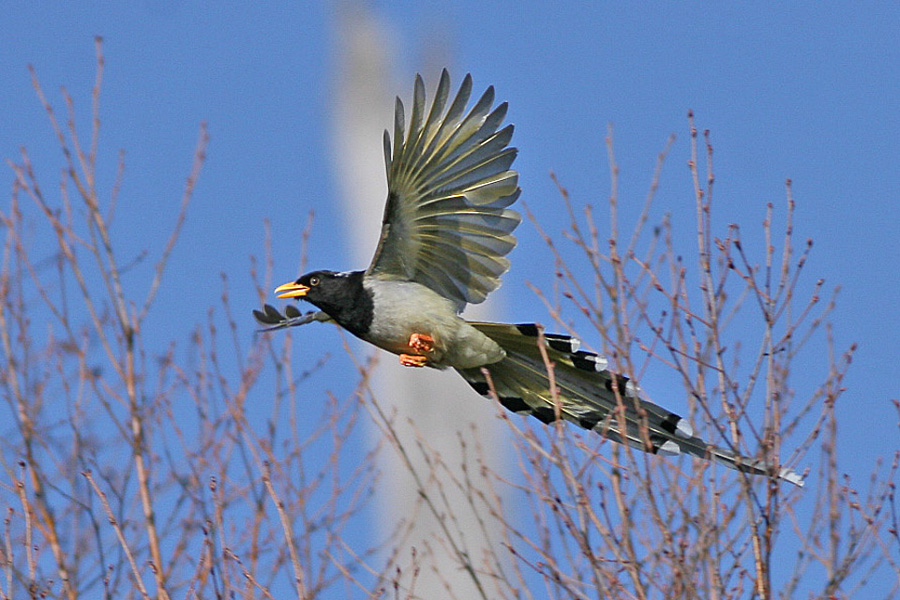
Image courtesy: Ron Knight on flickr
Yellow-billed blue magpies are common across the lower Himalayas, within the treeline. One day, I sat down in a park adjacent to the house of well-known painter late Nichilas Roerich at Naggar, a few miles from Manali. As I settled on a park bench and admired the tall deodars that surrounded me, they kept coming and going, often calling each other and discussing their plans for lunch. I was sitting in the park for more than an hour, doing nothing except watching the acrobatics of magpies.
Getting stranded in a snow-storm in Lahaul Valley
There are some experiences that you cherish and wish to relive. And then there are some experiences that are lived through and cherished later. One such time was was when we were stranded in a snow-storm in Lahaul Valley, Himachal Pradesh. This region is in rain-shadow and usually receives little precipitation even in the monsoon months. August 2011 turned out to be an exception. There was an unusual amount rain that took everyone–locals as well as travellers–by surprise. In these places not used to rains, a downpour was a bad news. Much of the rainwater rushed through the already poor roads, taking away stones and mud with it and in turn depositing them somewhere else in the road. We stopped our journey for the night hoping that things will get better next morning. But roads on either side had washed away by morning, and we were at least three hours drive away from the nearest village in either direction. There were about forty people stranded in the middle of nowhere, about two-thirds of it local people. Things did not look good immediately, but we were safe and sheltered in a government guest-house. What happened next will remain a shining example for human spirit and resilience.
The local people got together to ensure that everyone, including the tourists, are comfortable within the limited resourced. The small guest-house kitchen became a community cooking space. People who were travelling with supplies from Manali flung open their bags and made the vegetables and flour available for group’s consumption. Everyone was helping everyone else to make sure no one goes unfed. We spent two nights in the mountain’s isolation, and the days actually passed joyfully rather than anxiously.
This also came with some unusually exciting weather-experiences: as the temperatures dipped with precipitation, the rains turned snowfall. As we woke up in the morning, the valley floor had turned white – a spectacle you will never see here in summer months. It’s a sight I will never forget.
What really happened after we got stranded? Read the long story here – Stranded in a storm in Lahaul & Spiti – a week of uncertainties.
Dipping the feet in icy mountain streams of Bhutan
I do not know if I was a fish in a past life, but I enjoy being in the water. Even in my childhood, I used to spend my summer days walking along a stream in shallow water or just sitting on a rock dipping my feet in a soothing flow. Some of my happiest memories come from the streams and rivers of Bhutan, where the rivers are super-clear, flows in just the right speeds in the just the right temperatures (cold!) that make me deliriously happy. The best of that memory comes from a village in Ha Valley, an outside-the-tourist-trail place where the river flows adjacent to the village, surrounded by dense coniferous woods. The woods have a quality – they keep the external noise away from you, and they also influence in toning down the internal noise. Add a brook to the scene that merrily flows down distributing happiness to its patrons, and there is little else you want to do. I can forever do this – find a stream in the woods, dip your feet in the water and let the sun do his job of moving from east to west. Blessed are the people who live in such places.
In conclusion
There is a mystery in the mountains that make a traveller happy among them. There is a sense of peace and fulfillment that calls me back to the mountains again and again. In the past few years, visiting Himalayas has been an annual affair that I have always looked forward to. I have often wondered why they call me so strongly, so often. I guess something are best when we are left wondering, without trying to find answers. When the answers appear, wondering stops.
